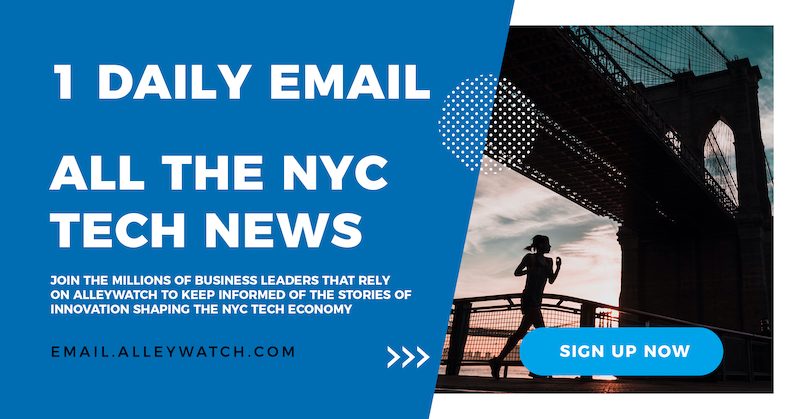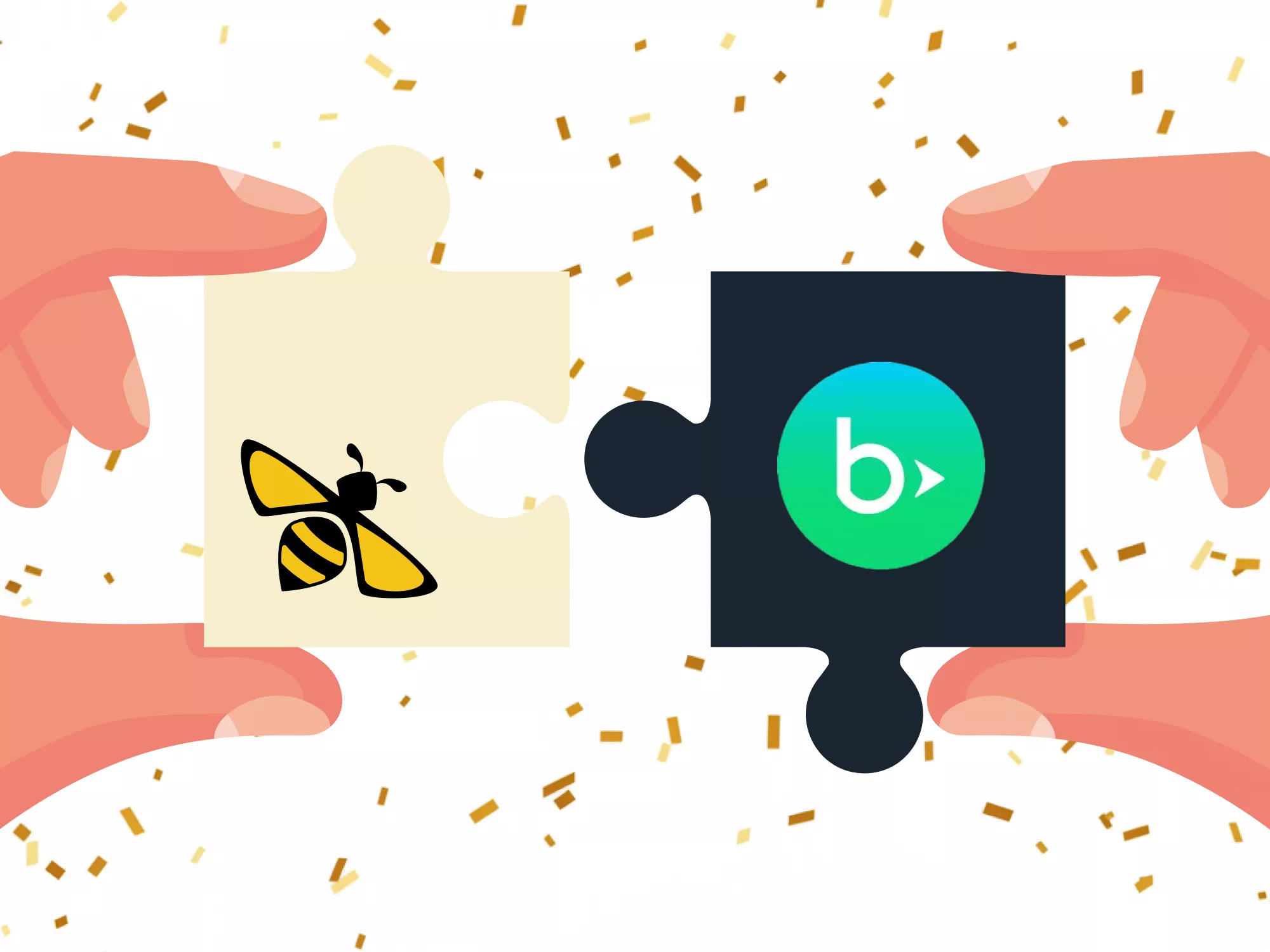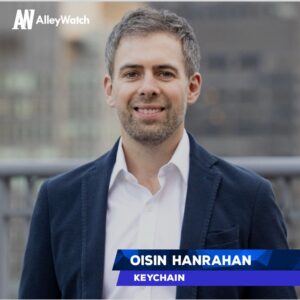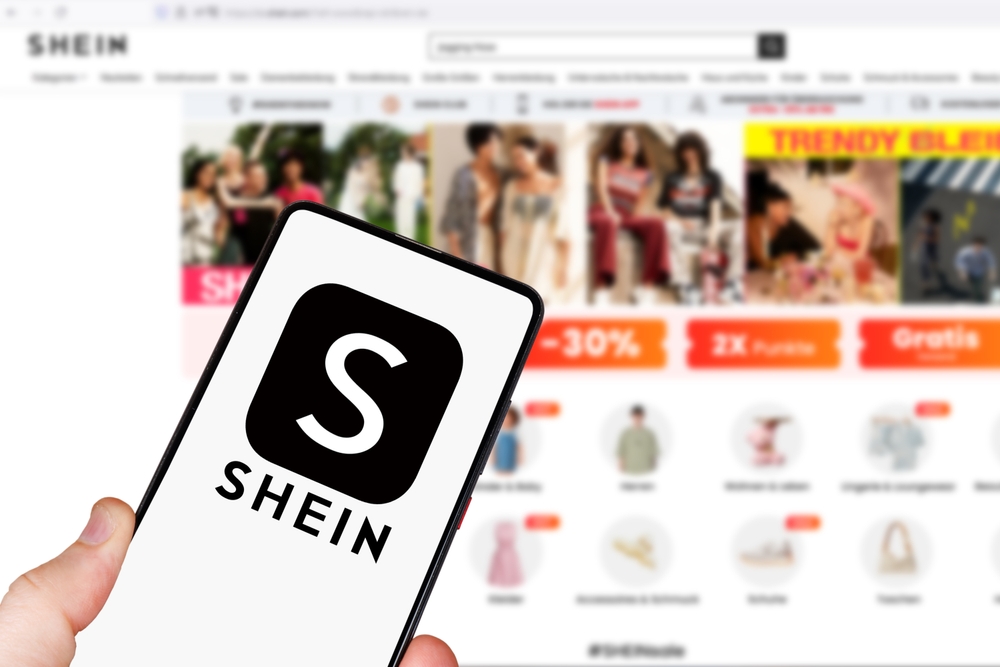A 2025 NBER/NYU study revealed that retail investors spend just six minutes researching a stock before buying, often relying on price charts rather than fundamentals – a critical gap that leaves everyday investors at a severe disadvantage. While retail traders can now trade commission-free, they’re making decisions with consumer-grade information while institutions access research and data costing millions. Moby bridges this divide by delivering institutional-quality investing insights through an AI-powered platform that translates complex financial data into clear, actionable intelligence. The platform serves investors across 70+ countries with over 1,000 market-beating reports, nearly 100K monthly app users, and 300K freemium subscribers, combining Wall Street-grade research with consumer-first design that respects both time and intelligence. Beyond empowering retail investors, Moby is expanding into B2B2C partnerships with banks, brokerages, and fintech platforms while developing portfolio-linking features and personalized AI-generated insights across all markets and asset classes.
AlleyWatch sat down with Moby CEO and Cofounder Justin Kramer to learn more about the business, future plans, recent funding round that brings the company’s total funding raised to $6.3M, and much, much more…
Who were your investors and how much did you raise?
We recently closed a $5M seed round led by IA Capital, with participation from Alumni Ventures and a group of prominent angel investors, including current and former C-suite executives from Morgan Stanley, Cash App, and Fidelity. This round gives us the resources to accelerate growth while deepening our footprint and expanding our product.
Tell us about the product or service that Moby offers.
Moby is an AI investment research platform built for the modern investor. We translate complex financial data into clear, actionable insights across markets, delivered in a way that resonates with today’s audience. Our product helps people not only identify opportunities, but also understand why those opportunities exist — giving both retail and institutional investors the confidence to make informed decisions.
What inspired the start of Moby?
The idea for Moby came during the pandemic, when retail investing exploded and meme stocks like GameStop and AMC were dominating headlines. Millions of new investors were piling into the markets — often treating it like gambling — and many ended up losing money. My co-founder, Dan, and I realized the real problem wasn’t access, but understanding. People had unprecedented access to markets, but little clarity on how to invest responsibly.
We saw a gap for a platform that could combine credible research with a modern format designed for today’s investor. We tested the concept on social media, it went viral overnight, and we’ve been scaling ever since.
How is Moby different?
Unlike many platforms that chase breadth — trying to cover as many tickers as possible — we focus on depth and transparency. Our mission isn’t just to surface stock picks, but to explain the “why” behind them, giving investors the tools to spot opportunities themselves.
That educational layer is core to Moby. Our subscribers don’t just get recommendations; they build knowledge and confidence to manage their money more effectively. It’s this combination of practical insight + empowerment that truly sets us apart.
What market does Moby target and how big is it?
Moby serves a global market. We started with U.S. retail investors, but today we have subscribers in 70+ countries, along with institutional clients who use Moby as an additional research toolkit.
The rise of democratized investing isn’t just an American trend — it’s global. Whether it’s a first-time retail investor or a professional managing institutional capital, the need is the same: clear, accessible, and trustworthy investment research. That’s the market Moby is going after, and it’s massive.
What’s your business model?
Our revenue today comes from a subscription and ad-supported freemium model, with subscriptions making up about 75% of revenue. We also monetize through advertising to our free user base, which drives significant reach.
Beyond that, we’re expanding into partnerships with banks, brokerages, and fintech platforms (B2B2C). By embedding Moby directly into these platforms, we increase user engagement for our partners while broadening our own distribution. This combination of direct subscription + enterprise partnerships creates a diversified model for growth.
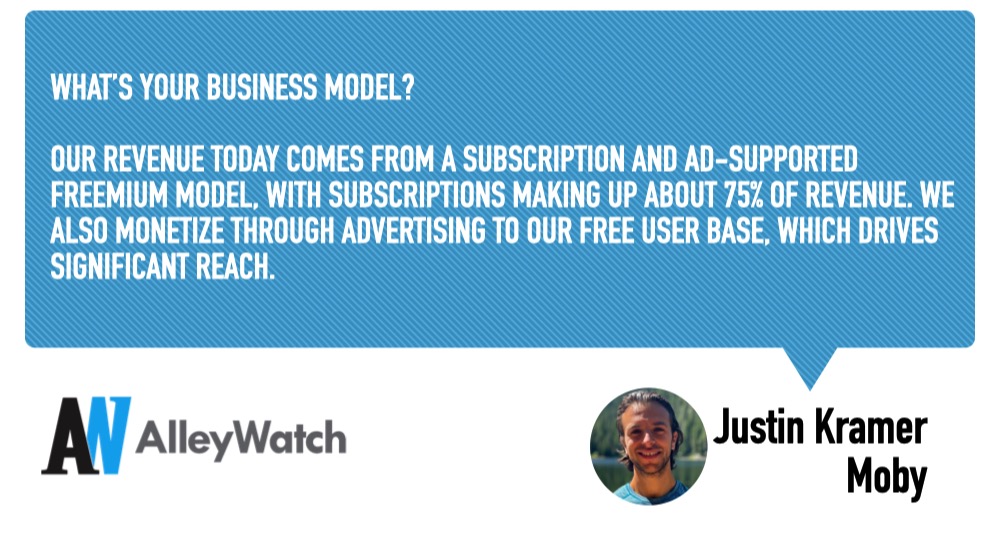
How are you preparing for a potential economic slowdown?
Internally, our focus is on efficiency and discipline. We’re not in a “grow at all costs” mindset. Every dollar we spend needs to return at least four times that in value, whether in user growth, revenue, or engagement. That means being thoughtful about hiring, prioritizing profitability, and making sure we’re scaling sustainably rather than chasing vanity metrics.
Externally, our platform helps investors navigate volatility by steering them toward risk-adjusted opportunities rather than speculative, high-beta trades. Our role is not just to help users grow their portfolios, but also to protect them from unnecessary risk — especially when markets turn uncertain.
What was the funding process like?
Like any raise, the process was consuming. Consumer-focused fintech can be polarizing for investors, and not everyone wanted to touch the space regardless of traction. But once we had the opportunity to show our growth, strong unit economics, and community momentum, the value proposition became clear.
IA Capital quickly stood out as the right partner — not only are they based in New York, but they deeply understand fintech and our market. Their conviction, alongside Alumni Ventures and experienced angels, validated both our business model and our long-term potential.
What are the biggest challenges that you faced while raising capital?
The toughest challenge was overcoming skepticism about consumer-driven models. Many investors prefer B2B fintech, and that bias can overshadow even strong fundamentals. We had to demonstrate that not only was there huge demand for better investment tools at the retail level, but also that Moby’s model could bridge retail and institutional audiences.
It wasn’t about convincing people our numbers worked — it was about showing that our approach to the consumer side of finance is built for scale, relevance, and longevity.
What factors about your business led your investors to write the check?
It came down to two things: belief in the team and the clarity of the problem we’re solving. My cofounder and I have built Moby to address a gap that affects millions of investors: according to FINRA, the average investor makes an investment decision in five minutes or less. That’s a recipe for bad outcomes.
Moby is designed to meet investors where they are — with clear, quick, and actionable insights that don’t require hours of research. That “lightbulb moment” resonated with our backers. They saw a product that wasn’t theoretical, but already working at scale, with a passionate user base and a clear path to growth.
Moby is designed to meet investors where they are — with clear, quick, and actionable insights that don’t require hours of research. That “lightbulb moment” resonated with our backers. They saw a product that wasn’t theoretical, but already working at scale, with a passionate user base and a clear path to growth.
What are the milestones you plan to achieve in the next six months?
Team Growth: Expanding from ~6 employees to ~25, while staying lean and efficient.
Profitability: Reaching breakeven while maintaining strong growth discipline.
Revenue Growth: Scaling to a ~$10M run rate by year-end 2025 — about 3-4x YoY growth next year as well on top of this year’s 3-x YoY growth.
Product Expansion: Launching portfolio-linking features to personalize insights, improve data-driven recommendations, and open the door for new financial products.
Partnerships: Securing more integrations with major brokerages and financial institutions to expand distribution.
We see this period as a defining stage: building the foundation for Moby to evolve from a consumer app into a global investing platform.
What advice can you offer companies in New York that do not have a fresh injection of capital in the bank?
Stay laser-focused. Too many companies try to do everything at once, spreading themselves thin. Instead, identify the few things that matter most — the initiatives that will actually move the needle — and pursue them relentlessly until they’re repeatable.
Keep your team lean, move fast, and be ruthless about efficiency. Raising capital is great, but the best companies are built to survive and grow regardless of the funding climate. Discipline is the ultimate advantage.
Where do you see the company going now over the near term?
In the next six months, we’re focused on quadrupling both our revenue and team, expanding partnerships with some of the largest financial institutions and publishers, and strengthening our global footprint.
Longer term, our ambition is to become the Bloomberg for the every-day investor — the go-to resource for anyone who wants trusted, modern financial data, insights, access and more. We’ve proven that our model resonates. Now it’s about scaling it to millions more people worldwide.
What’s your favorite fall destination in and around the city?
When I want to unplug, I head upstate to Woodstock, New York. It’s a perfect escape from the city — quiet, surrounded by nature, and a place to recharge. Outside of New York, Colorado is another favorite, especially for the outdoor lifestyle. Both spots give me balance and perspective outside of work.



